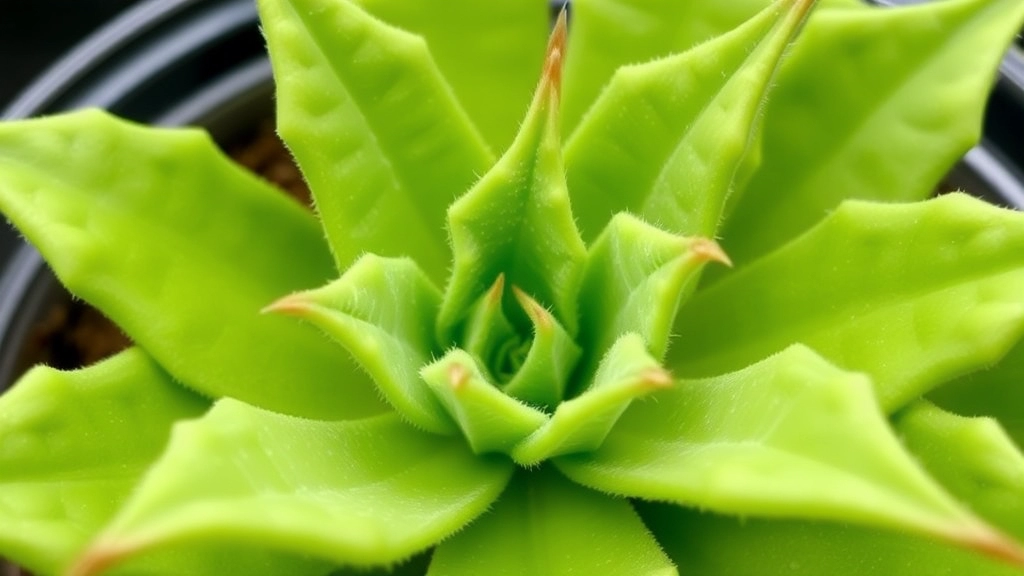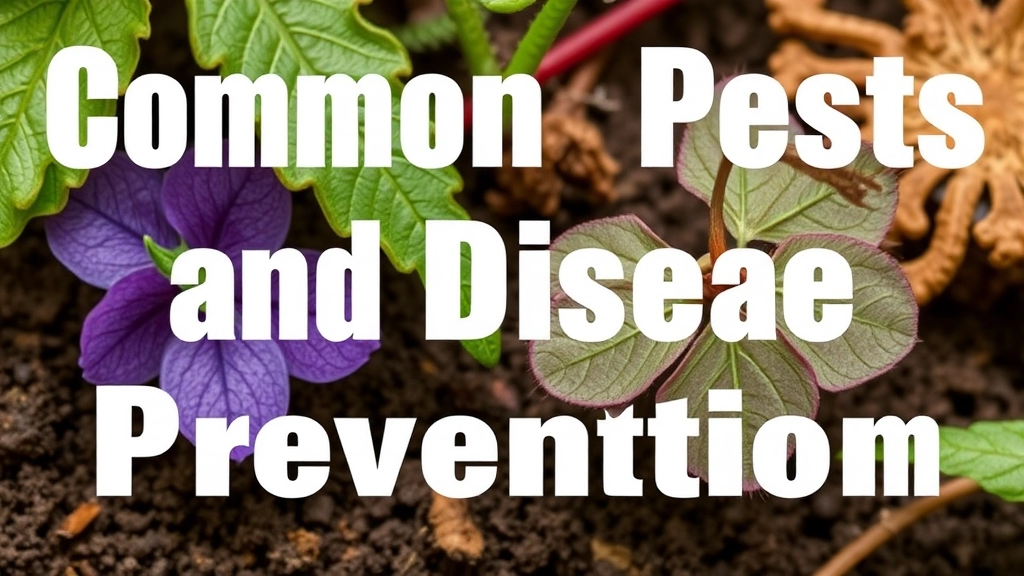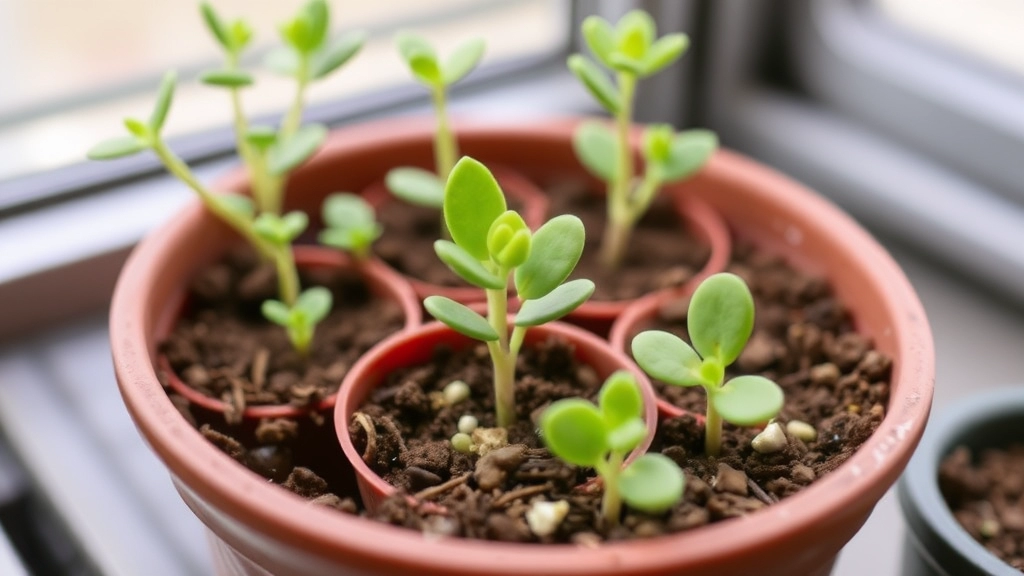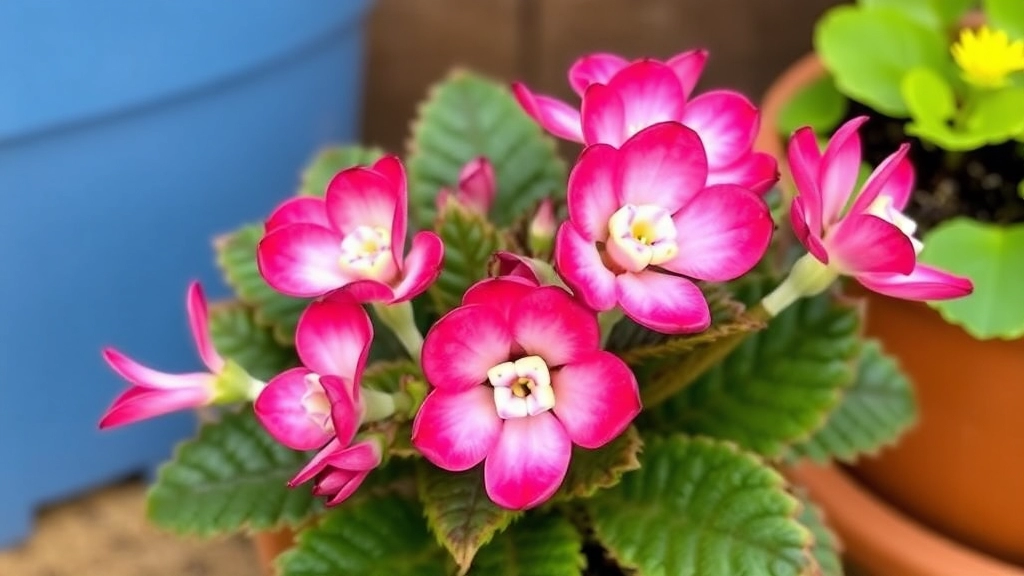Cultivating the Kalanchoe Plant Mother of Millions
If you’re looking to cultivate the Kalanchoe Plant Mother of Millions, you’re in the right place. This fascinating succulent is known for its rapid growth and unique propagation methods, making it a popular choice for plant enthusiasts. To keep your Mother of Millions thriving, it’s crucial to understand its care needs and potential challenges.
Care Needs and Challenges
From ideal growing conditions to effective propagation techniques, I’ll walk you through everything you need to know. We’ll cover how to manage its invasiveness, address common pests, and ensure your plant remains healthy and vibrant. Let’s dive into the essentials of nurturing this remarkable plant.
Key Characteristics of the Mother of Millions
Are you curious about what makes the Mother of Millions such a unique plant?
The Mother of Millions, scientifically known as Kalanchoe daigremontiana, is a striking succulent that captivates plant enthusiasts with its distinctive features.
Distinctive Features
- Leaf Structure: The leaves are thick, fleshy, and elongated, often adorned with small plantlets along their edges. These plantlets can fall off and root themselves, giving rise to new plants. For more detailed propagation techniques, check out this step-by-step guide on Kalanchoe Mother of Thousands propagation.
- Growth Habit: This succulent typically grows upright, reaching heights of 1 to 3 feet. Its vibrant green foliage can add a refreshing touch to any indoor or outdoor space.
- Flowers: When mature, it produces clusters of tubular flowers, usually in shades of pink or red, though flowering may be less frequent in indoor conditions. If you’re interested in other flowering varieties, you might find this guide on beautiful flowering Kalanchoe helpful.
- Toxicity: It’s important to note that the Mother of Millions is toxic to pets and humans if ingested, a factor that should be considered when placing it in your home.
Ideal Growing Conditions for Mother of Millions

So, you’ve got your Mother of Millions, and you’re probably wondering how to give it the best life possible.
Light
First off, let’s talk about light.
- Bright, Indirect Light: This plant loves bright, indirect sunlight.
- Avoid Harsh Sun: Direct, harsh sunlight can scorch those beautiful leaves.
If you notice the leaves stretching or becoming leggy, it’s a sign it needs more light.
Temperature
Next up is temperature.
- Warmth is Key: Mother of Millions thrives in temperatures between 20°C to 30°C (68°F to 86°F).
- Watch for Cold: Anything below 10°C (50°F) can stress the plant.
If you’re in a chilly area, it’s best to keep your plant indoors during the colder months.
Soil
Now, let’s get down to soil.
- Well-Draining Mix: Use a cactus or succulent mix for optimal drainage.
- pH Level: Aim for a slightly acidic to neutral pH (around 6.0 to 7.0).
A good potting mix will help prevent root rot, which is a common issue for this plant.
Watering and Fertilization Needs
When caring for the Mother of Millions, understanding its watering and fertilization needs is crucial for promoting healthy growth. You may wonder, “How much water does my plant really need?” or “Should I be fertilizing it regularly?” Let’s break this down.
Common Pests and Disease Prevention

As we delve deeper into caring for your Mother of Millions, it’s essential to address the potential threats that can undermine its health.
Pest Concerns:
Mother of Millions, while resilient, can attract several pests that may jeopardise its growth. Here are the most common culprits:
- Mealybugs: These tiny, cotton-like insects thrive in warm conditions and can sap your plant’s energy.
- Aphids: Small and often green, these pests can multiply quickly, feeding on the sap and leading to leaf distortion.
- Spider Mites: These minuscule arachnids can create webbing on your plant, indicating a serious infestation.
- Scale Insects: These pests appear as small, brown bumps on the leaves and stems, draining your plant’s vitality.
Disease Prevention:
In addition to pests, your Mother of Millions can be susceptible to diseases. Here are some common issues and their solutions:
- Root Rot: Often caused by overwatering, ensure your plant has well-draining soil and avoid letting it sit in water.
- Powdery Mildew: This fungal disease manifests as a white powder on leaves. Promote air circulation and avoid overhead watering to minimise risk.
Prevention Strategies:
To keep your Mother of Millions thriving, consider these proactive measures:
- Regular Inspections: Check your plants weekly for any signs of pests or disease.
- Natural Predators: Introduce beneficial insects, such as ladybugs, to keep pest populations in check.
- Proper Watering: Water only when the soil is dry to prevent root rot and other moisture-related issues.
- Cleanliness: Keep the surrounding area clean and free from debris to deter pests.
Pruning and Maintaining Plant Shape
Have you ever wondered how to keep your Mother of Millions looking its best? Pruning is essential for maintaining its shape and overall health.
Why Prune?
Pruning helps to:
- Remove dead or damaged leaves
- Encourage new growth
- Maintain an attractive shape
- Prevent overcrowding
When to Prune
The best time to prune your Mother of Millions is during the spring or early summer. This timing allows the plant to recover and grow vigorously after the pruning process.
How to Prune
Here’s a simple guide to pruning your Mother of Millions:
- Gather Your Tools
- Sharp, clean pruning shears
- Gloves (to protect your hands)
- Identify Areas to Prune
Look for any dead, yellowing, or damaged leaves. Check for overcrowded stems that may need thinning.
- Make Clean Cuts
Cut just above a leaf node to encourage new growth. Avoid tearing the leaves; clean cuts help prevent disease.
- Dispose of Cuttings
Place cuttings in a compost bin or dispose of them properly to prevent pests.
Maintaining Shape
To keep your Mother of Millions in check, consider these tips:
- Regularly Inspect: Check your plant every few weeks for any areas needing attention.
- Limit Growth: If it starts to look leggy, don’t hesitate to trim it back.
- Encourage Fullness: Prune to promote bushier growth, making the plant more visually appealing.
By incorporating these pruning techniques, you’ll ensure your Mother of Millions remains healthy and vibrant. For more detailed tips, you can refer to our Florist Kalanchoe Pruning Guide. Additionally, if you’re looking to propagate your plant, check out our Step-by-Step Guide to Kalanchoe Mother of Thousands Propagation.
Propagation Techniques for Mother of Millions

So, you’ve got your Mother of Millions thriving, and now you’re wondering how to spread the love, right?
Propagation can be super rewarding and, honestly, it’s easier than you might think. Here’s how you can do it:
Leaf Cuttings
- Choose Healthy Leaves: Look for plump, healthy leaves. The thicker, the better!
- Let Them Callous: After cutting, leave the leaves out for a day or two. This helps prevent rot.
- Planting: Place the calloused leaves on well-draining soil, barely covering them.
- Water Sparingly: Mist them lightly. Too much water can be a killer.
Offsets
- Identify Offsets: These are the little plantlets that pop up around the base.
- Gently Remove: Twist or cut them away from the mother plant.
- Replant: Place them in their own pots with similar soil conditions.
- Water Lightly: Just enough to help them settle in.
Seed Propagation
- Collect Seeds: If your Mother of Millions flowers, collect the seeds.
- Sow: Scatter them on the surface of moist soil.
- Cover Lightly: Just a sprinkle of soil on top will do.
- Keep Moist: Mist regularly until they sprout.
Propagation not only expands your plant family but also gives you a sense of accomplishment.
When caring for a Mother of Millions, you may wonder about its safety, especially if you have pets or children at home.
This plant, while beautiful and intriguing, contains compounds that can be harmful if ingested.
### Understanding Toxicity
– **Toxic Parts**: All parts of the Mother of Millions are considered toxic, particularly the leaves and sap.
– **Symptoms of Ingestion**: If consumed, symptoms may include nausea, vomiting, and abdominal pain.
– **Skin Irritation**: The sap can also cause skin irritation in some individuals.
### Safety Precautions
To ensure a safe environment, consider the following:
– **Placement**: Keep the plant out of reach of children and pets. A high shelf or a room that is off-limits can be ideal.
– **Gloves**: Always wear gloves when handling the plant to avoid skin contact with the sap.
– **Wash Hands**: After handling, wash your hands thoroughly to remove any residue.
### Educating Others
It’s important to inform family members or guests about the potential risks associated with the Mother of Millions. A simple conversation can prevent accidents.
### Disposal Considerations
If you need to dispose of the plant, do so safely:
– **Bagging**: Place cuttings in a sealed bag to prevent accidental exposure.
– **Local Guidelines**: Check local guidelines for disposing of toxic plants.
By taking these precautions, you can enjoy your Mother of Millions while keeping your environment safe. For more detailed care instructions, you can refer to the [Complete Guide to Caring for Kalanchoe Mother of Millions Plant](https://planthq.org/complete-guide-to-caring-for-kalanchoe-mother-of-millions-plant/) and learn about [Kalanchoe Mother of Thousands Care and Propagation Guide](https://planthq.org/kalanchoe-mother-of-thousands-care-and-propagation-guide/).
Managing Invasiveness in Outdoor Spaces
So, you’ve got a Mother of Millions and you’re worried about it taking over your garden? You’re not alone! Many plant lovers encounter this challenge, and it’s totally manageable with a bit of know-how.
Why Is It Invasive?
The Mother of Millions (Kalanchoe daigremontiana) is known for its ability to spread rapidly. This plant produces tiny plantlets along the edges of its leaves, which can easily fall off and root in the soil. Before you know it, you’ve got a mini jungle on your hands!
Tips to Keep It in Check:
- Choose the Right Location:
- Plant it in a contained area, like a pot or raised bed.
- Avoid planting it directly in your garden soil.
- Regular Monitoring:
- Check your garden regularly for new sprouts.
- Remove any plantlets as soon as you spot them.
- Use Mulch:
- Apply a thick layer of mulch around your plants.
- This helps suppress unwanted growth and keeps the soil moist.
- Physical Barriers:
- Consider using garden edging or barriers to contain its spread.
- This prevents the plant from encroaching on other areas.
- Educate Yourself:
- Familiarise yourself with local regulations about invasive species.
- Some areas might have specific guidelines for managing such plants.
- Dispose Properly:
- If you need to remove the plant, don’t just toss it in the compost.
- Seal it in a bag and throw it away to prevent regrowth.
By keeping a close eye on your Mother of Millions and being proactive, you can enjoy its beauty without letting it take over your outdoor space. For more detailed guidance, check out this care and propagation guide for Kalanchoe Daigremontiana and learn about the top Kalanchoe Mother of Thousands varieties and care tips.
FAQs on Kalanchoe Plant: Mother of Millions
What are the ideal light conditions for Mother of Millions?
The Mother of Millions thrives in bright, indirect sunlight. Avoid exposing it to direct, harsh sunlight as it can scorch the leaves.
What temperature range is best for Mother of Millions?
This plant prefers temperatures between 20°C to 30°C (68°F to 86°F). Temperatures below 10°C (50°F) can stress the plant, so indoor care is recommended during colder months.
What type of soil is suitable for Mother of Millions?
Use a well-draining cactus or succulent mix. Aim for a slightly acidic to neutral pH, around 6.0 to 7.0, to prevent root rot.
What pests commonly affect Mother of Millions?
Common pests include mealybugs, aphids, spider mites, and scale insects. Regular inspections can help catch infestations early.
How can I prevent diseases in my Mother of Millions?
To prevent diseases like root rot and powdery mildew, ensure proper watering practices and promote good air circulation. Avoid overhead watering to minimize fungal risks.
What are the best propagation techniques for Mother of Millions?
Mother of Millions can be propagated through leaf cuttings, offsets, and seed propagation. Each method requires specific steps to ensure successful propagation.
How do I propagate Mother of Millions using leaf cuttings?
Select healthy leaves, let them callous for a day or two, and then place them on well-draining soil. Mist lightly to avoid overwatering.
What are offsets, and how do I use them for propagation?
Offsets are small plantlets that appear around the base of the mother plant. Gently remove and replant them in their own pots with similar soil conditions, watering lightly to help them settle.
Can I propagate Mother of Millions from seeds?
Yes, collect seeds from the flowers, scatter them on moist soil, cover lightly with soil, and mist regularly until they sprout.
What are some proactive measures to keep my Mother of Millions healthy?
Regularly inspect your plant for pests and diseases, introduce beneficial insects like ladybugs, water only when the soil is dry, and keep the surrounding area clean.
References
-
Gardener’s World – How to Grow Mother of Millions
-
The Spruce – Mother of Thousands Plant Profile
-
Gardening Know How – Mother of Thousands Plant Care
